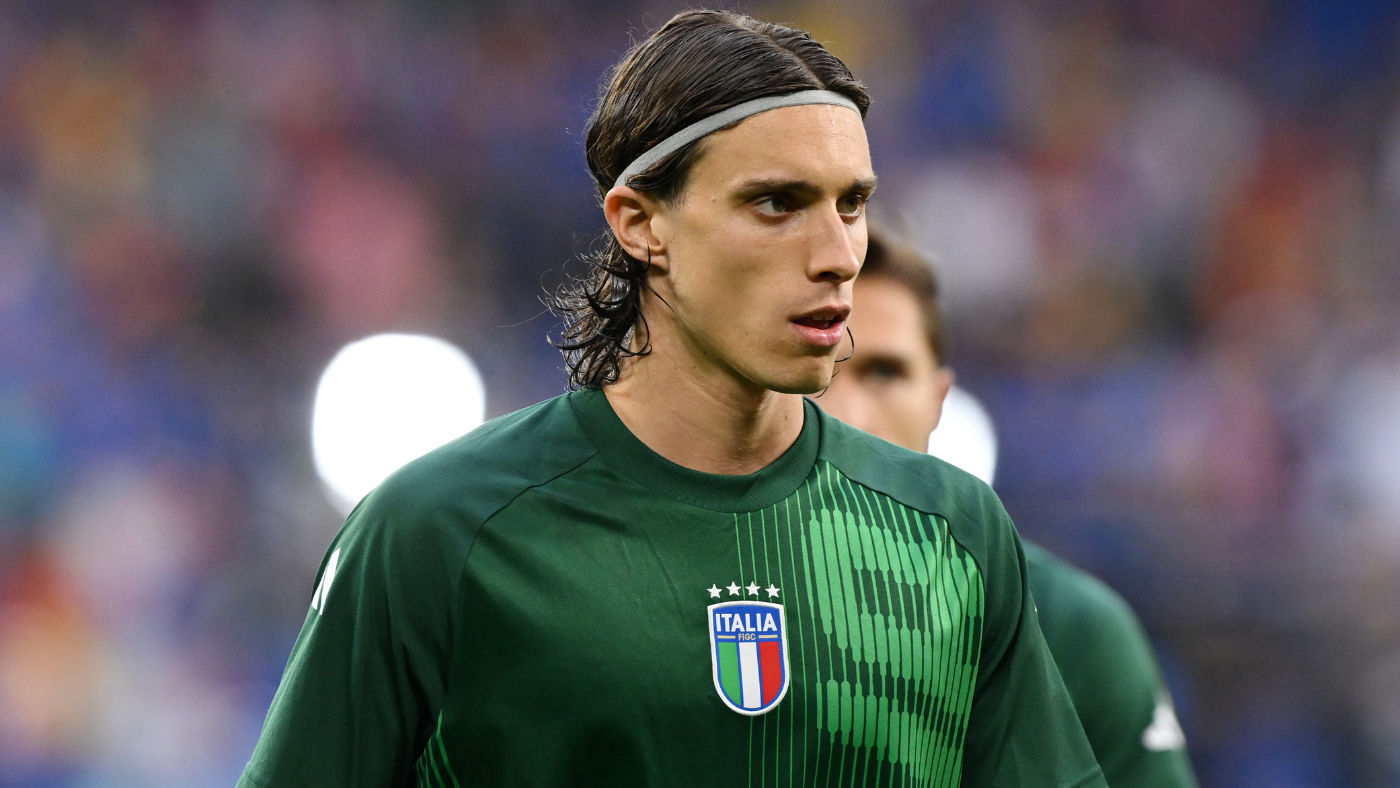Last week, Major League Baseball’s owners unanimously voted to lock out the players, triggering the league’s first work stoppage since 1994-95. For as long as the lockout is in place, any and all remaining big-league free agents will not be allowed to sign — that means no Carlos Correa, no Freddie Freeman, and no Clayton Kershaw. Additionally, trades involving big-league players will not be permitted.
While not as well-known to American audiences as the aforementioned players, there is another group of individuals whose job prospects are being restricted by the lockout: those who are hoping to make the leap from Japan’s Nippon Professional Baseball league to the majors. That’s a group that includes outfielder Seiya Suzuki, who CBS Sports ranked as the 15th-best free agent entering the offseason.
For an idea of what the lockout means for Suzuki (and other hopefuls), let’s answer four frequently asked questions about the situation.
1. Which NPB players are coming to MLB?
At present, there are three NPB players who could pop up in the majors next year:
- The aforementioned Suzuki, a well-rounded outfielder with the Hiroshima Toyo Carp who was posted for MLB consideration on Nov. 22.
- Right-handed starter Nick Martínez, formerly of the Fukuoka Softbank Hawks. He was on the verge of a four-year deal worth $20 million with the San Diego Padres before the lockout commenced, meaning he’ll technically remain a free agent until after the fact, when his deal can be finalized.
- And right-handed reliever Robert Suárez, previously with the Hanshin Tigers. His one-year deal with the Padres was completed ahead of the deadline, so he’s here solely for posterity’s sake.
2. How does the posting system normally work?
Under normal circumstances, the posting system entails NPB teams “submitting” their players for MLB consideration. MLB teams then have 30 days to reach an agreement with the player, with the NPB team receiving a percentage of the contract as compensation; if Suzuki were to sign with a MLB team for, say, $100 million, the Carp would receive around $17 million.
It should be noted that MLB’s rules on international amateur free agents can limit a player’s earning potential, as they did with Shohei Ohtani. Those restrictions won’t apply to Suzuki, however.
3. How does it work during a lockout?
It doesn’t. Suzuki’s 30-day posting window is effectively “paused” during the lockout, meaning there won’t be resolution on his status anytime soon. According to agent Joel Wolfe, some teams had tried to sign Suzuki prior to the lockout’s commencement, but Wolfe and Suzuki resisted those overtures so that Suzuki would be able to visit interested parties and make a more-informed signing decision.
4. What teams are connected to these players?
Clearly the Padres are in on Martinez (and Suarez, for that matter). San Diego would make sense as a landing spot for Suzuki, too. Suzuki’s agent estimated that up to half the league has shown interest in his client. That includes the usual suspects: the Red Sox, the Dodgers, the Rangers, the Giants, the Yankees and so on.
We’ll find out more specifics once the lockout ends. For now, interested parties will have ample time to beef up their Powerpoint presentations and their recruitment pitches ahead of Suzuki’s arrival.


